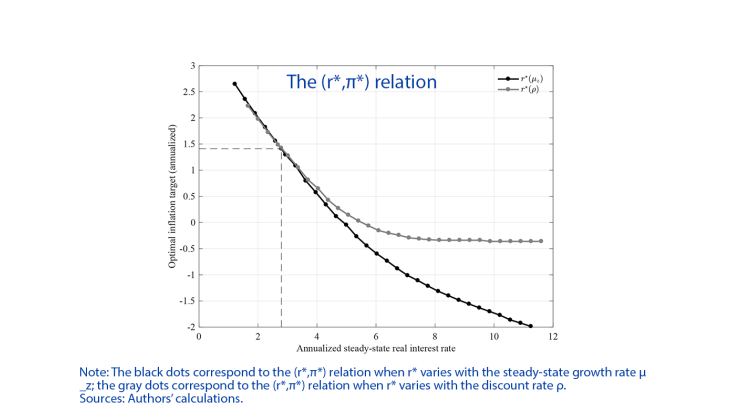Should the ECB Adjust its Strategy in the Face of a Lower r*?
Working Paper Series no. 811. We address this question using an estimated New Keynesian DSGE model of the Euro Area with trend inflation, imperfect indexation, and a lower bound on the nominal interest rate. In this setup, a decrease in the steady-state real interest rate, r*, increases the probability of hitting the lower bound constraint, which entails significant welfare costs and warrants an adjustment of the monetary policy strategy. Under an unchanged monetary policy rule, an increase in the inflation target of eight tenth the size of the drop in the real natural rate of interest is warranted. Absent an increase in the inflation target, and assuming the effective lower bound prevents the ECB from implementing more aggressive negative interest rate policies, adjusting the monetary strategy requires considering alternative instruments or policy rules, such as committing to make-up for recent, below-target inflation realizations.
